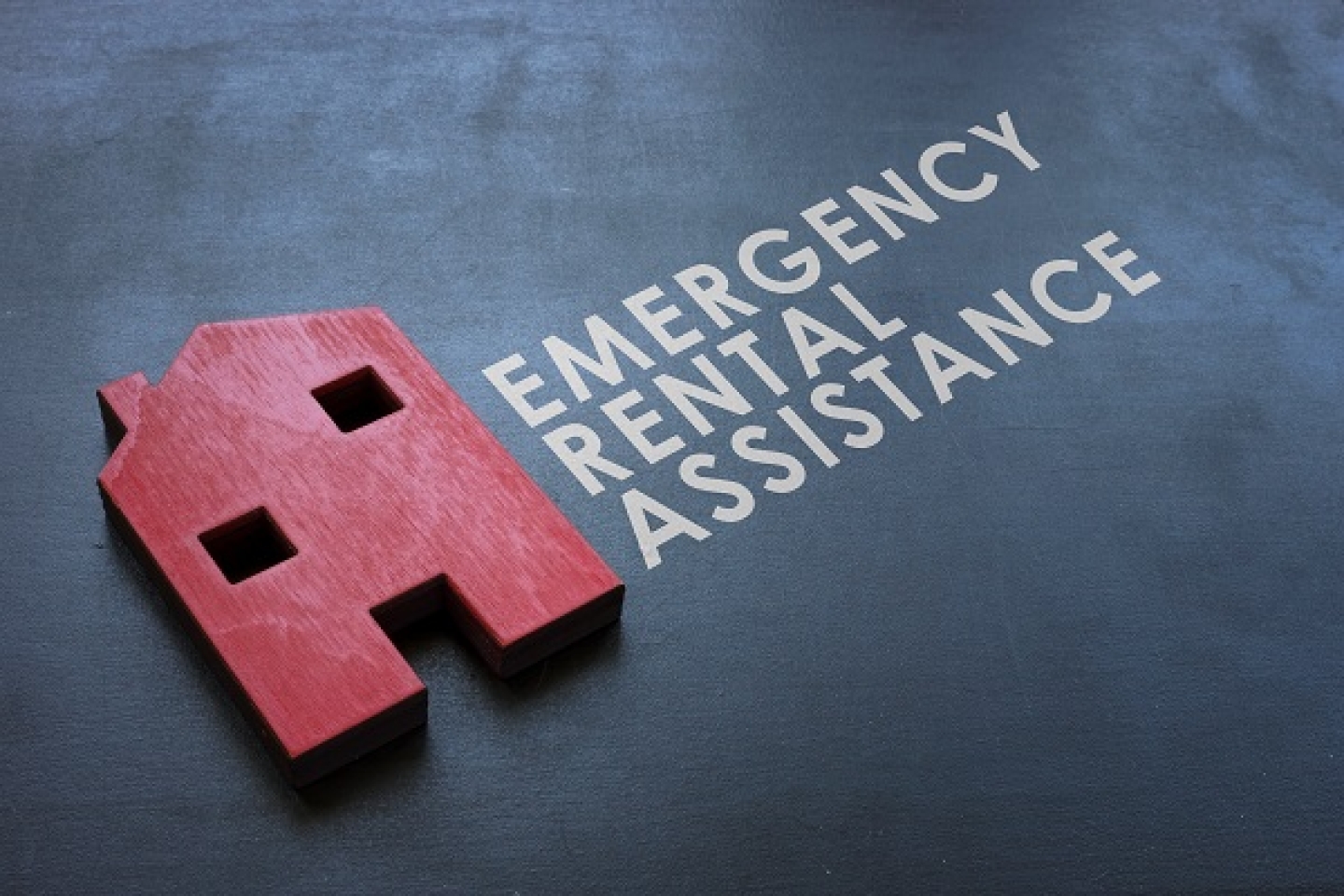How One County Distributed 83% of Its ERA Funds
Last week, Deputy Secretary of the Treasury Wally Adeyemo participated in a discussion with tenants, landlords, community leaders, and administrators of Prince George's County, Md.'s effective emergency rental assistance (ERA) program.
The Treasury Department has stressed that ERA funds aren't being distributed fast enough and that it has a statutory obligation to reallocate funds from underperforming jurisdictions beginning in the fall.
It cited several reasons for the success of Prince George's County, which has already distributed 83% of its first allotment:
“Following Treasury’s February guidance encouraging programs to reduce burdensome documentation requirements, the county now relies on self-attestations and income-based proxies based on census tract data to determine eligibility for about half of all applications. Program administrators said this allows them to serve more people both because it speeds up the approval process and makes the program more accessible to low-income communities,” the department stated in a press release.
Earlier this month, the Treasury Department published examples of self-attestation forms that are currently being used effectively, and it will host information sessions and offer technical support.
“Prince George’s County also adopted Treasury’s May guidance to distribute assistance directly to tenants in cases where landlords are uncooperative. They prioritize applications where the tenant is facing eviction and have developed relationships with legal aid services, county judges, and the local sheriff’s department. All eviction notices now include information about applying to the ERA program. They continue to look for creative ways to increase awareness of the program, including launching a mobile clinic this fall to help landlords and tenants sign-up.”
The federal eviction moratorium, which covers roughly 90% of renters, ends on October 3, and millions are at risk of losing their homes . Meanwhile, more than 50% of renters and 40% of landlords don't know about ERA , according to an Urban Institute survey.
The Consolidated Appropriations Act of 2021 provided up to $25 billion for emergency rental assistance (ERA1), and the American Rescue Plan provided up to $21.55 billion for ERA2. The historic funding can help cover rent, utilities, and other housing costs. These programs are run locally, and right now emergency rental assistance is available across the country.
Want more news like this? Join our mailing list.
Photo: Shutterstock



